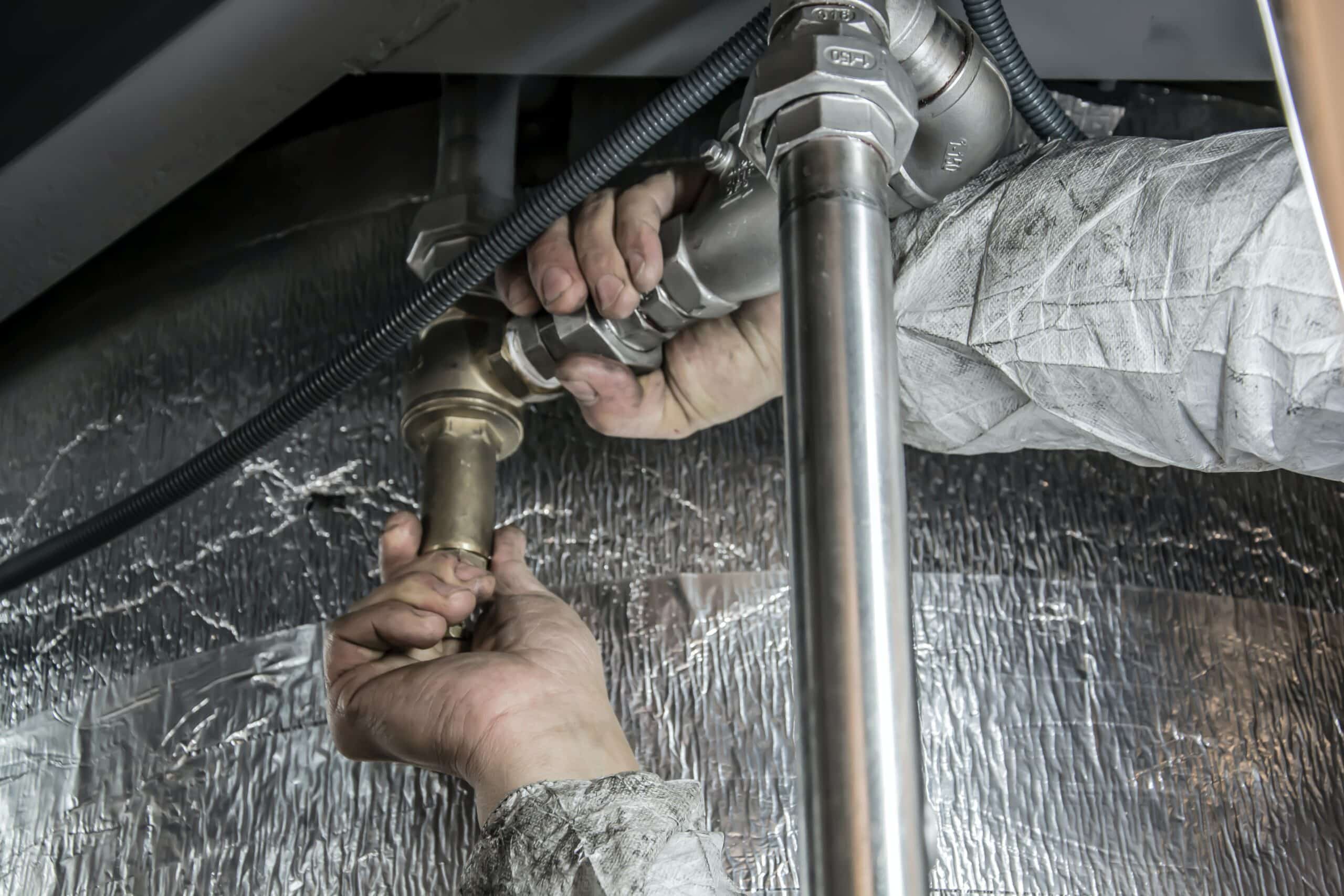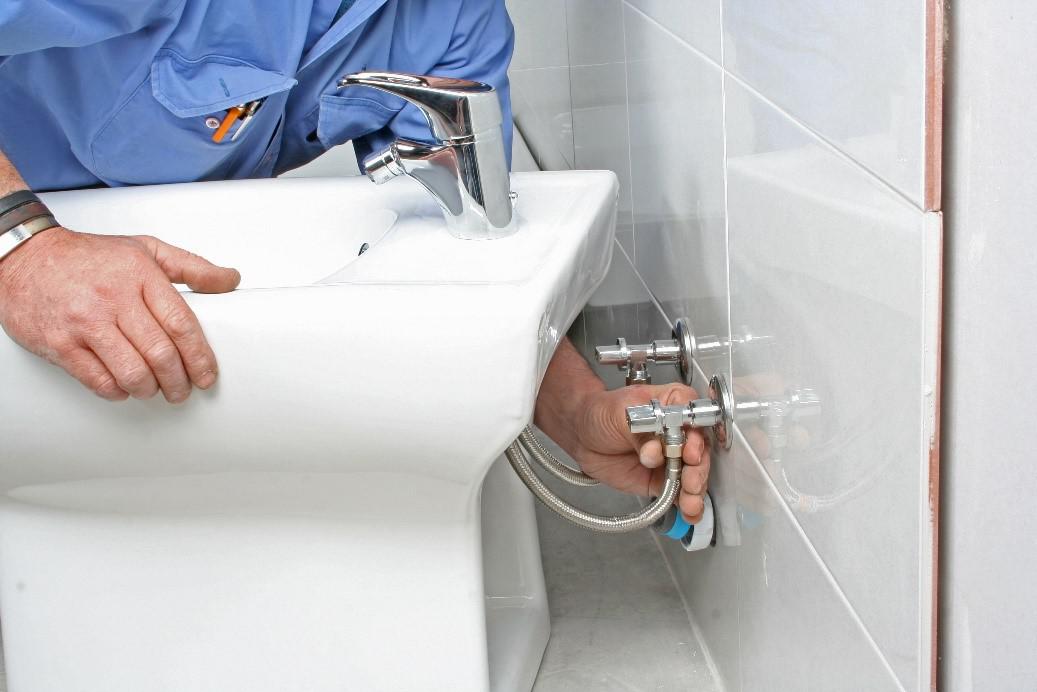We have encountered this post pertaining to 7 Plumbing Industry Trends You Need To Know down the page on the internet and thought it made sense to quickly share it with you on this site.

Introduction
The pipes sector is undergoing a transformative phase driven by technical innovations and growing problems for sustainability and performance. This post explores emerging trends and technologies shaping the future of pipes.
Smart Pipes Systems
Incorporating clever innovation into pipes systems allows remote monitoring, leakage discovery, and automated upkeep. Smart sensing units and IoT (Internet of Points) tools permit house owners and plumbings to check water usage and detect problems in real-time, resulting in more efficient resource monitoring and proactive upkeep.
Water Effectiveness Solutions
With enhancing emphasis on water preservation, innovative options are being created to reduce water waste in pipes systems. High-efficiency fixtures, greywater recycling systems, and clever irrigation controllers are amongst the innovations aiding customers lower their water footprint while preserving convenience and benefit.
Sustainable Materials
The shift towards sustainability reaches pipes materials, with a growing preference for green options. Biodegradable piping products, such as PEX (cross-linked polyethylene) and HDPE (high-density polyethylene), offer resilience and resistance to corrosion without jeopardizing ecological honesty.
Anticipating Upkeep
Anticipating upkeep techniques take advantage of data analytics and machine learning formulas to anticipate and protect against plumbing issues before they take place. By examining historic data and efficiency metrics, anticipating upkeep algorithms can recognize patterns and anomalies, enabling positive interventions to stay clear of pricey repair services and disruptions.
Augmented Reality in Plumbing
Enhanced Fact (AR) innovation is revolutionizing pipes by providing specialists with real-time visual advice for troubleshooting and repair service tasks. AR-enabled wise glasses or mobile applications overlay digital info onto the physical atmosphere, assisting plumbings envision pipe designs, recognize hidden leakages, and carry out repair work with precision.
Effect of 3D Printing
The advent of 3D printing has introduced new opportunities in making pipes parts. From custom-made fixtures to intricate pipe fittings, 3D printing enables quick prototyping and on-demand production, lowering preparations and allowing greater modification in pipes design.
Health And Wellness Features
In feedback to increased issues for health and wellness, plumbing fixtures are integrating attributes such as antimicrobial surfaces, touchless procedure, and self-cleaning systems. These innovations not just boost health but likewise promote individual convenience and ease.
Hygiene-focused Fixtures
Touchless faucets, self-sanitizing commodes, and antimicrobial surfaces are becoming significantly widespread in property and industrial setups, reducing the threat of germ transmission and promoting a cleaner, much healthier environment.
Water Top Quality Tracking
Innovations in water top quality monitoring technologies make it possible for house owners to keep track of the pureness and security of their water in real-time. Smart water quality sensing units can discover impurities, pH degrees, and temperature level variations, encouraging customers to take aggressive steps to make certain water safety and security.
Remote Pipes Providers
Remote diagnostics and virtual support are reinventing the way plumbing services are delivered. Via video conferencing and remote access technologies, plumbings can repair problems, supply guidance for DIY fixings, and even perform remote examinations, providing better availability and benefit to homeowners.
Difficulties and Opportunities
While pipes technologies hold immense pledge, they likewise existing obstacles such as data privacy worries, governing conformity, and the requirement for labor force training. Addressing these difficulties calls for cooperation between industry stakeholders and governing bodies to make certain risk-free and accountable implementation of new innovations.
Governing Landscape
Governing structures play a crucial function fit the adoption of plumbing advancements, with standards and codes controling every little thing from water effectiveness to item security. As innovations continue to develop, governing bodies should adapt to make certain consumer security and environmental stewardship.
Future Overview
The future of plumbing is characterized by proceeded technology and integration with various other sectors such as IoT, renewable resource, and structure automation. By embracing lasting practices, leveraging arising innovations, and prioritizing user-centric style, the plumbing sector is poised to deal with the developing demands of society while minimizing its ecological footprint.
Verdict
In conclusion, the future of plumbing is defined by a convergence of technology, sustainability, and user-centric style. By accepting wise solutions, sustainable products, and positive maintenance techniques, the pipes industry can boost effectiveness, advertise security, and add to an extra lasting future.
Plumbing Industry Trends You Need To Know
Smart technology in plumbing
Homeowners want to be able to manage their homes from their phones. The technology exists to make that happen. From smart toilets to leak detector devices, the whole plumbing system can be managed on an interconnected network made up of sensors, IoT devices, and machine learning algorithms.
This allows for wireless control to turn appliances on and off, automate routines, and access advanced monitoring to track water usage and flag potential issues. Smart technology streamlines water consumption, maintenance and energy usage, creating a more efficient system.
Green plumbing
The data analysis possible with smart technology not only improves convenience and cost-effectiveness but also fulfills a high-priority customer desire – sustainability. Consumers are very aware of their impact on the planet and want plumbing solutions to reduce damage and support sustainability. Eco-friendly plumbing solutions are already starting to emerge.
Customers can opt for low-flow toilets, water-saving faucets, and connections to sustainable energy sources. Beyond monitoring water consumption, customers can conserve water through the installation of greywater systems. This is a system that collects water that has been used but is still clean enough for some household uses such as toilet flushing.
Shorter product pipeline
To keep up with modern plumbing, plumbers need modern tools that enable them to complete jobs more efficiently. One technology making strides in this area is 3D printing. By 3D printing key plumbing fixtures, plumbers can reduce wait times even for specialized fixtures. It minimizes delays often seen in traditional manufacturing that frustrate customers and prevent plumbers from taking on more work.
Off-site repairs
Augmented reality is making a splash in many industries including plumbing. Plumbers can map a building online so they can explore the plumbing system through augmented reality, identifying areas of maintenance and repair completely digitally. This technology can be applied quite widely in plumbers’ work including planning installations and training new recruits. It’s safer, smarter and more efficient.
Low-footprint materials
Another way for plumbing companies to reduce their environmental footprint and meet the customer demand for sustainability is by using recycled materials in their work. The products they source and manufacture such as pipes, fixtures and faucets can be made from recycled materials. This saves the planet while being just as effective.
Onsite water purification
Additionally, plumbing companies can be advocates of water conservation and ease the financial and environmental concerns of customers by offering water purification systems. New water purification technology such as reverse osmosis systems and UV systems make it possible for homeowners and business owners to thoroughly cleanse water, removing contaminants onsite. This means the water can be safely reused in more ways than greywater can be, establishing a water recycling loop.
Tankless water heaters
Another innovation of modern plumbing is tankless water heaters. The idea is that the water is heated on demand as it runs through the system instead of being heated in a water tank. This is more energy efficient and therefore cost-effective and eco-friendly because water isn’t heated needlessly.

Do you enjoy more info about The Future of Plumbing: Trends and Innovations to Watch? Put feedback directly below. We'd be delighted to listen to your views about this blog post. Hoping that you come back again later on. Liked our article? Please quickly share it. Let another person locate it. I am grateful for being here. Please check our website back soon.
Book 24/7
Comments on “Transforming Plumbing: Trends and Breakthroughs on the Horizon”